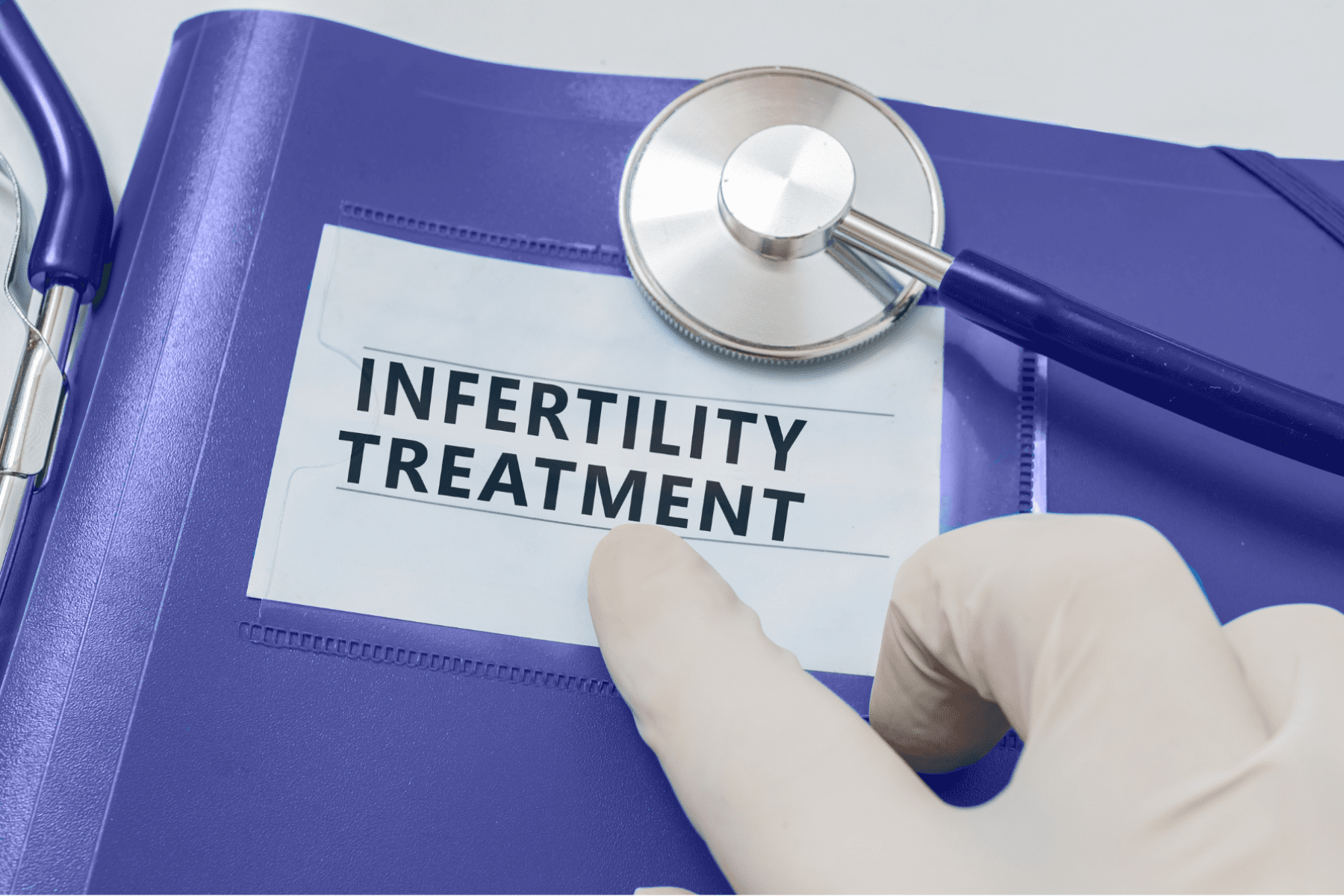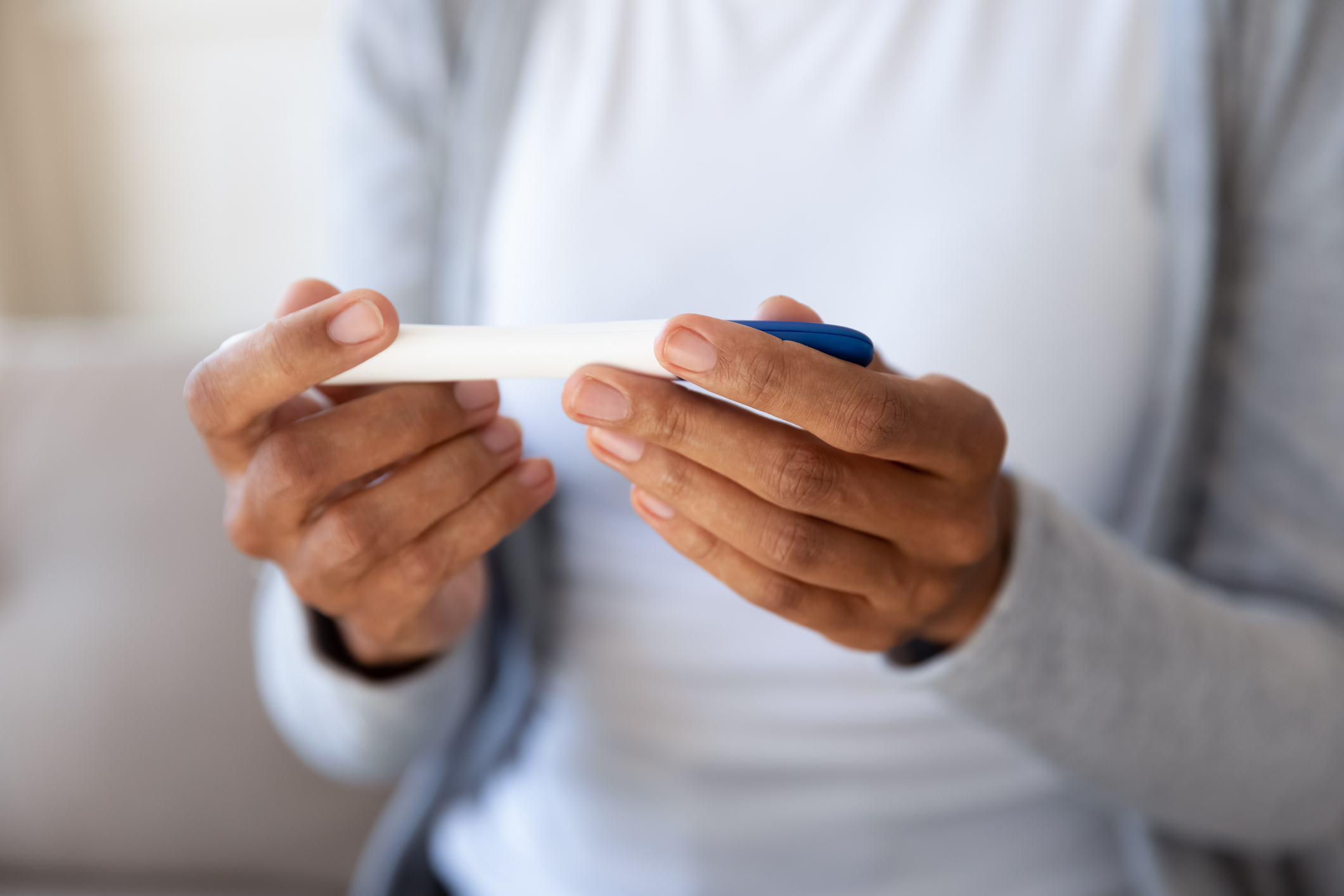At Fertility Centers of Illinois we believe in staying current on recent literature and applying that knowledge to better care for our patients. We enjoy sharing that information with other physicians to help keep you informed on recent medical advances. This information letter will discuss some recent advances in In Vitro Fertilization.
Louise Brown was the first human born from IVF in 1978. Our specialty has come a very long way in the last 30 years, where babies conceived with IVF account for nearly 1.5% of all births in the United States. Throughout this time there have been many advances across all aspects of fertility treatments. Gonadotropins are now readily available and safe for use.
Transvaginal Ultrasound has replaced laparoscopic retrievals and Fallopian Tube transfers. Intracytoplasmic sperm injection has helped thousands of would-be infertile males become fathers. Preimplantation genetic screening has helped thousands of couples have children unaffected by disease. IVF studies are now larger and able to look at pregnancy outcomes instead of intermediate outcomes. In addition to new techniques, studies now focus on refining protocols and identifying which patients may better benefit from our techniques and protocols.
Genetic Disease Screening
The study of genetics and genetic predisposition can be found in every clinical specialty in medicine today. Although preimplantation genetic screening (PGS) for chromosomal Aneuploidy has been around for more than 10 years, fluorescent in situ hybridization (FISH) was the mainstay for diagnostic technique. Because of the limitations of FISH, only 9-15 of the 24 chromosomes could be safely identified.
Numerous studies have suggested there are limited benefits to doing PGS-FISH as the miscarriage rates were only slightly lower than IVF performed without PGS. Because blastomere biopsy typically occurred on day 3, embryologists could only remove 1 cell from the 6-8 cellEmbryo without causing significant damage to the embryo.
This created concern about embryo mosaicism where the single biopsied cell’s chromosomes may differ from other non-biopsied cells in the same embryo. Yet, results return within 48 hours and embryos can be transferred fresh on day 5.
Culturing protocols have progressed where we can now routinely grow embryos in incubators to the blastocyst stage (day 5 embryo with 100 cells). New techniques allow us to biopsy day 5 blastocysts testing 4-8 cells, which helps mitigate the effects of mosaicism. This created a new problem because the embryos have to be cryopreserved until results can return because day 7 embryos have very poor pregnancy rates.
Slow-freezing of embryos has been associated with a lower embryo thaw survival (70%) and lower pregnancy rates (30%). Vitrification has changed our thinking of embryo freezing because nearly 98% will survive the freezing process and good centers report 50% pregnancy rates following frozen embryo transfer. The advent of better frozen embryo pregnancy rates and blastocyst culture systems have allowed us to use techniques for analyzing embryos’ chromosomes and genes that take longer than 2 days.
Comparative genomic hybridization (CGH) and single nucleotide polymorphisms (SNPs) can use microarray technology (DNA chip with tens of thousands of probes) to check all 24 chromosomes and even some genetic disorders at once. This once expensive research-only tool has seen a reduction in price to less than $5000 so that it can be used routinely in clinical practice today.
Fertility Centers of Illinois® has historically been at the forefront of technology and techniques in the Chicago area. We routinely culture embryos to the blastocyst stage, allowing less embryos to be transferred, resulting in a higher pregnancy rates and lower multiple pregnancy rates.
As a pioneer in the field of vitrification, our embryo survival and frozen pregnancy rates are well above national averages. These 2 facts have helped us partner with internationally acclaimed SNP-microarray labs to provide full and accurate genetic information about each embryo to our patients.
Egg Vitrification
The other area of technologic advancement is egg vitrification. Historically sperm have been the only gametes that have high pregnancy success after freezing, due to the large number of sperm available. Eggs have proven difficult to freeze using conventional slow-freeze techniques because the chromosomes are highly sensitive to ice crystals prior to fertilization.
A recent review of the world literature reveals >500 babies born from previously vitrified eggs. The United States has lagged behind our European counterparts with egg freezing for years. While many Infertility centers focused on freezing ovarian tissue and not eggs, FCI was honing our egg vitrification protocol. I am proud to report FCI has the first baby born from egg vitrification in the Chicago area.
The benefits of egg freezing are numerous to our patients. Young women, who are diagnosed with cancer, can now preserve their fertility where chemotherapy would have caused ovarian failure in the past. In addition, patients who are interested in pursuing careers or delaying parenthood can now freeze eggs to be used in the future without worrying about the normal age related decline in fertility.
Medical contribution by Christopher Sipe, M.D.
Dr. Christopher Sipe is board-certified in Obstetrics and Gynecology and in Reproductive Endocrinology and Infertility (REI), and has been practicing medicine since 2003. He completed his residency training at Northwestern University, where he received numerous awards for excellence in laparoscopic and hysteroscopic surgery.







